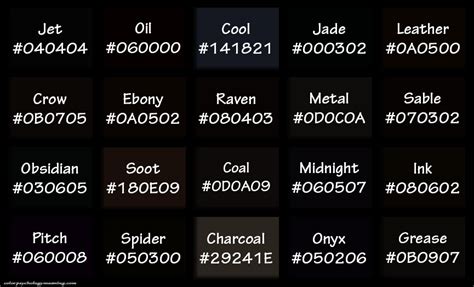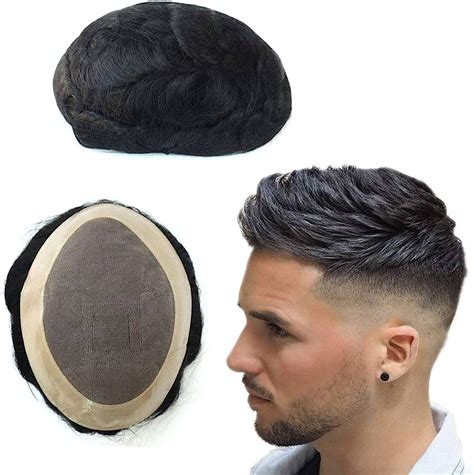Toupee system pins are an essential tool for anyone who wears a toupee or hairpiece. They help to keep your hairpiece in place and prevent it from slipping or moving around. But with so many different types of pins available, it can be hard to know which ones are right for you.

In this guide, we’ll go over everything you need to know about toupee system pins, including:
- The different types of pins available
- How to choose the right pins for your needs
- How to use pins to secure your hairpiece
- Troubleshooting common problems with pins
The Different Types of Toupee System Pins
There are a variety of different types of toupee system pins available, each with its own unique set of benefits and drawbacks.
1. U-pins
U-pins are the most common type of toupee system pin. They’re made of a thin wire that’s bent into a U-shape. U-pins are easy to use and can be used to secure hairpieces of all sizes and shapes.
However, U-pins can be visible if they’re not inserted correctly. They can also be uncomfortable if they’re inserted too tightly.
2. Bobby pins
Bobby pins are another common type of toupee system pin. They’re made of a thin wire that’s bent into a V-shape. Bobby pins are smaller than U-pins, which makes them less visible. However, they’re also not as strong as U-pins, so they’re not ideal for securing large or heavy hairpieces.
3. Micro pins
Micro pins are the smallest type of toupee system pin. They’re made of a thin wire that’s bent into a C-shape. Micro pins are very difficult to see, which makes them a good choice for people who want a natural-looking hold. However, they’re also more difficult to use than other types of pins.
4. Snap clips
Snap clips are a type of toupee system pin that’s made of a plastic or metal clip. Snap clips are easy to use and can be used to secure hairpieces of all sizes and shapes. However, they can be bulky and visible, which makes them not ideal for people who want a natural-looking hold.
How to Choose the Right Toupee System Pins for Your Needs
The best type of toupee system pin for you will depend on your individual needs. If you’re looking for a pin that’s strong and secure, U-pins are a good option. If you’re looking for a pin that’s invisible, micro pins are a good option. And if you’re looking for a pin that’s easy to use, snap clips are a good option.
It’s also important to consider the size and weight of your hairpiece when choosing pins. If you have a large or heavy hairpiece, you’ll need to use stronger pins. If you have a small or light hairpiece, you can get away with using weaker pins.
How to Use Pins to Secure Your Hairpiece
Once you’ve chosen the right pins for your needs, it’s time to learn how to use them to secure your hairpiece.
1. Start by brushing your hair to remove any tangles.
2. Place the hairpiece on your head and adjust it until it’s in the desired position.
3. Insert the pins into the hairpiece at the temples, the back of the head, and any other areas where you need extra support.
4. Make sure the pins are inserted securely, but not too tightly.
5. Check the mirror to make sure your hairpiece is secure.
Troubleshooting Common Problems with Pins
If you’re having problems with your toupee system pins, there are a few things you can try:
- If the pins are slipping out, try using a stronger type of pin.
- If the pins are visible, try using a smaller type of pin or inserting them more carefully.
- If the pins are uncomfortable, try inserting them less tightly.
Common Mistakes to Avoid
Here are a few common mistakes to avoid when using toupee system pins:
- Don’t use too many pins. Too many pins can make your hairpiece look bulky and unnatural.
- Don’t insert the pins too tightly. This can cause discomfort and damage to your hairpiece.
- Don’t use pins that are too big or too small. Pins that are too big can be uncomfortable and visible. Pins that are too small may not be strong enough to hold your hairpiece in place.
FAQs
1. How often should I change my toupee system pins?
You should change your toupee system pins every few months or as needed.
2. Can I use regular hairpins to secure my hairpiece?
Regular hairpins are not as strong or secure as toupee system pins. They may also be visible, which can make your hairpiece look unnatural.
3. What is the best way to remove toupee system pins?
The best way to remove toupee system pins is to use a pair of pliers. Gently squeeze the pliers around the pin and pull it out.
4. Can I use glue to secure my hairpiece instead of pins?
Glue can be used to secure your hairpiece, but it’s not as safe or effective as pins. Glue can damage your hairpiece and your scalp.
5. What are the best toupee system pins for my needs?
The best toupee system pins for your needs will depend on your individual needs. Consider the size and weight of your hairpiece, as well as your desired level of security and visibility.
6. How much do toupee system pins cost?
Toupee system pins cost between $5 and $20 per pack.
Conclusion
Toupee system pins are an essential tool for anyone who wears a toupee or hairpiece. They help to keep your hairpiece in place and prevent it from slipping or moving around. By following the tips in this guide, you can choose the right pins for your needs and use them to secure your hairpiece safely and effectively.
